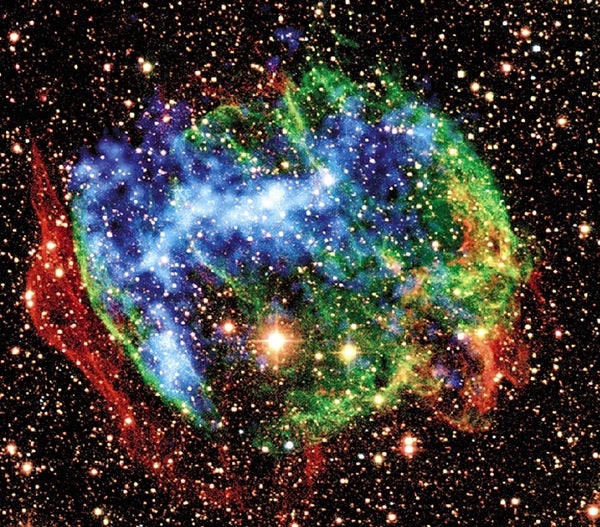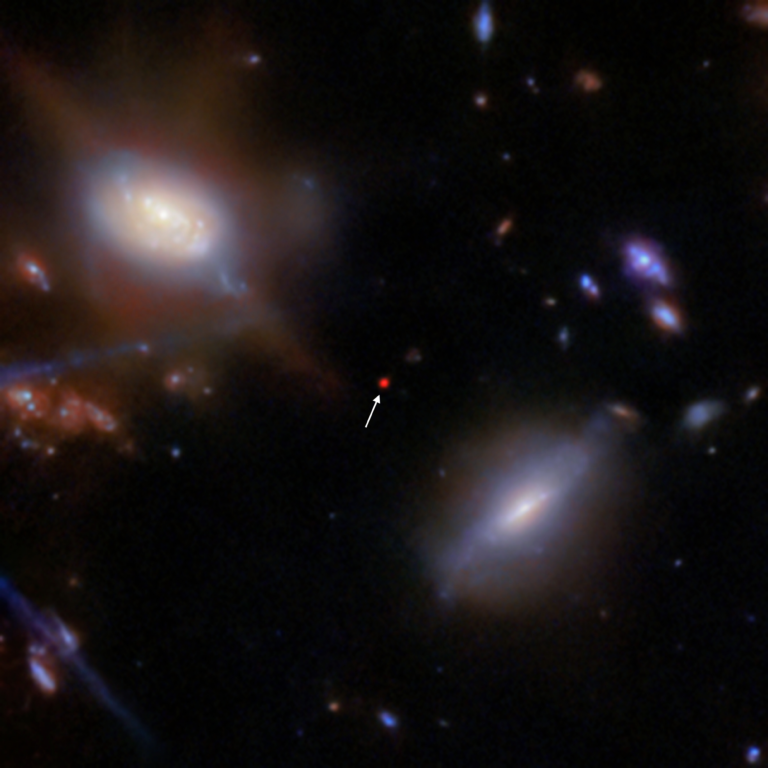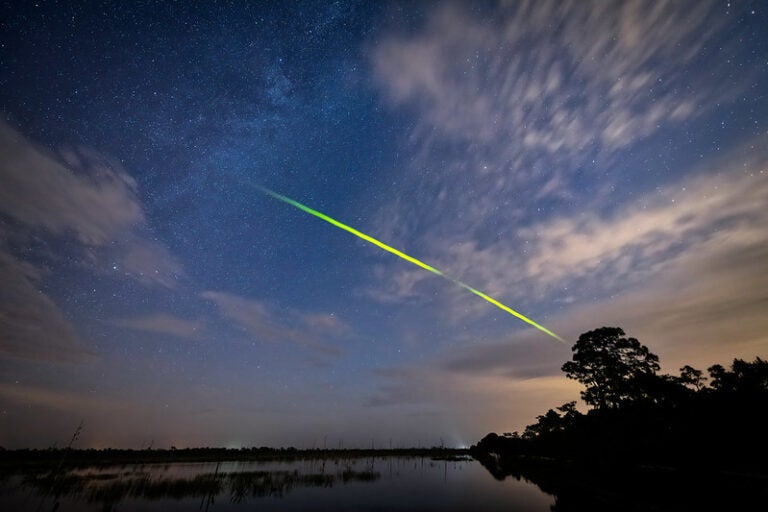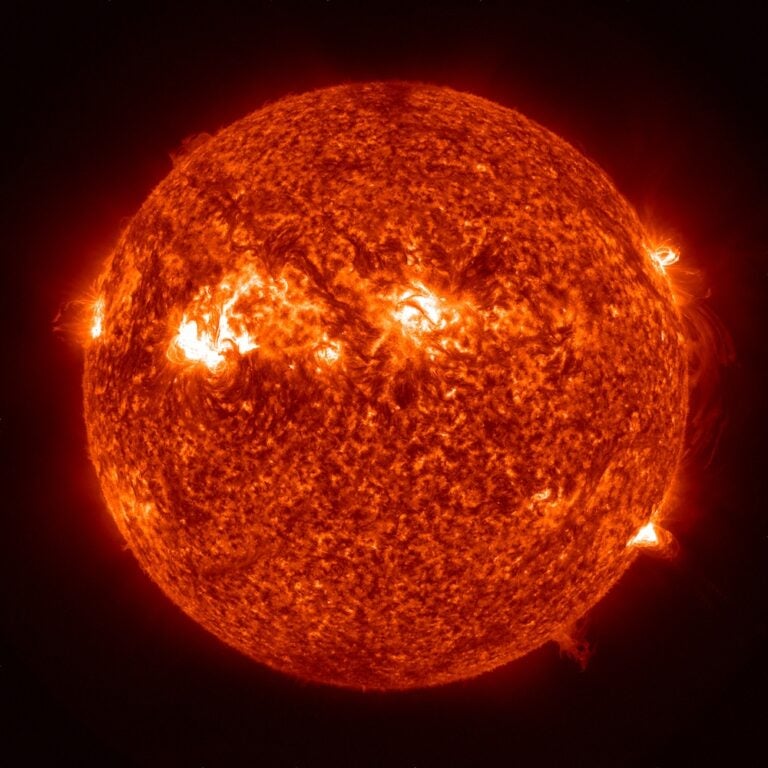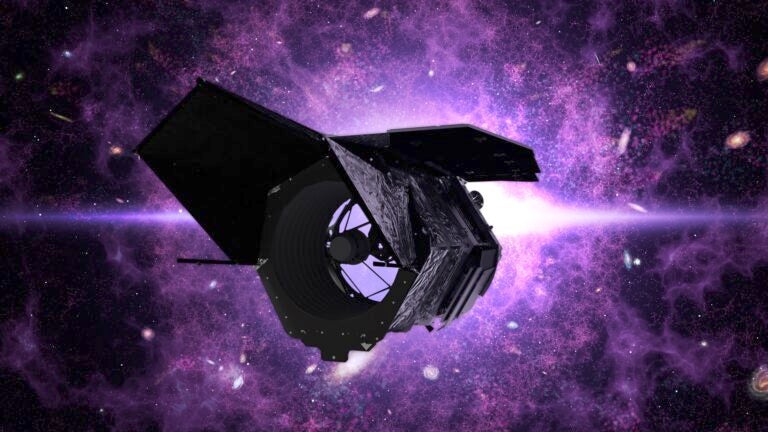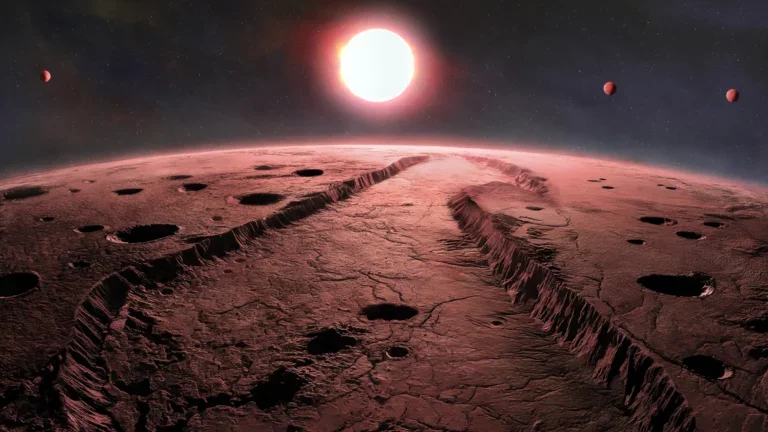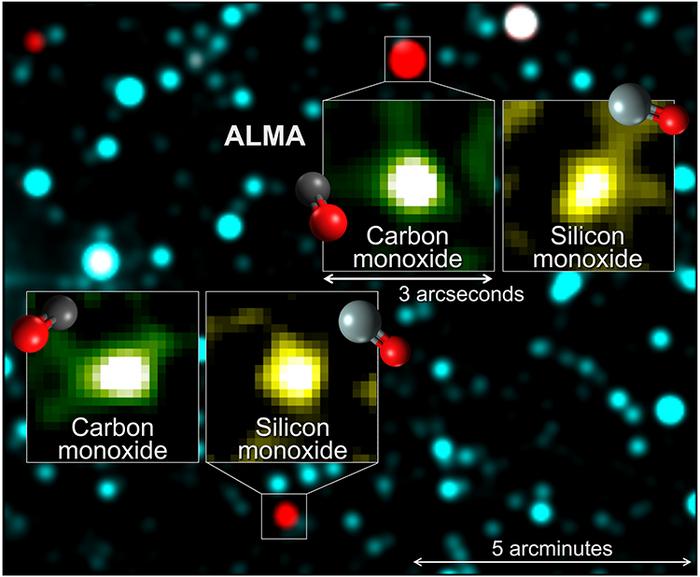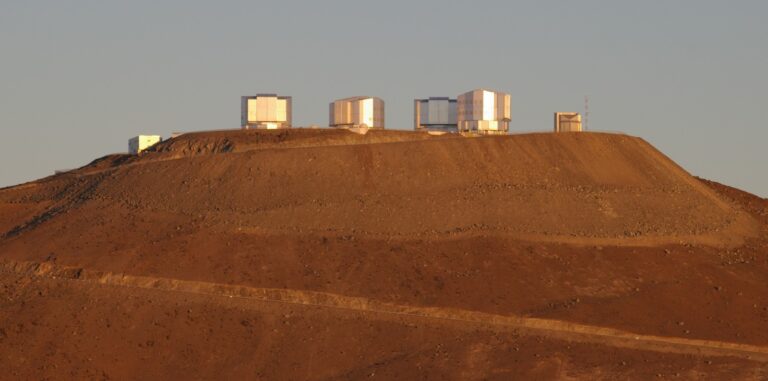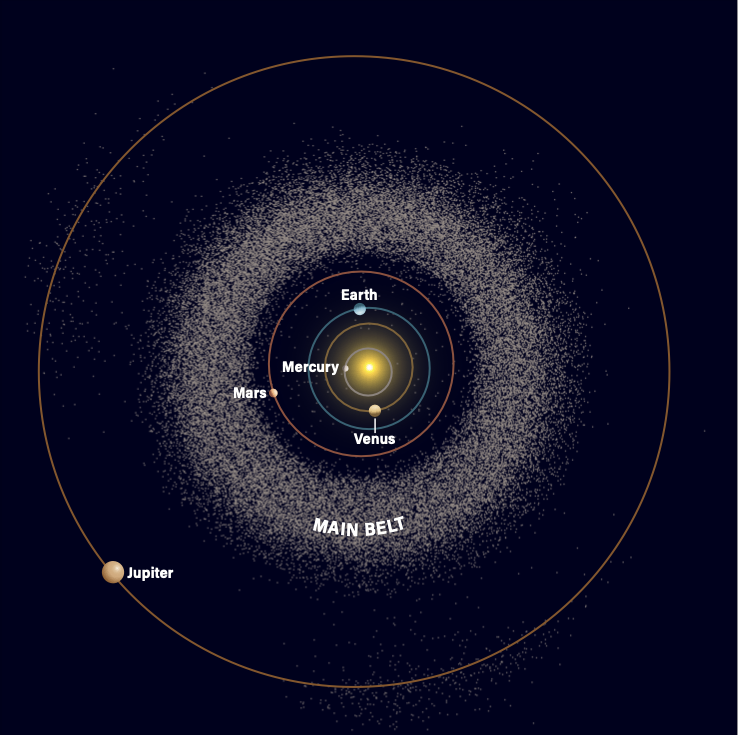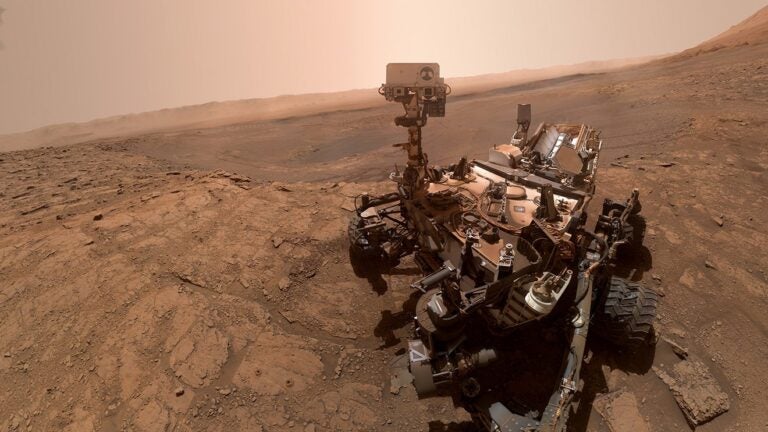However, with proper technology and a heartfelt desire to save one’s civilization, there are ways to detect changes deep within a star. In particular, there should be quantitative changes in the neutrino flux associated with nuclear reactions that signal the onset of rapid burning or collapse.
These neutrinos have low energies and would be difficult to detect, but being next door would help. Another possibility is that the star’s deep nuclear burning would be convective, and the resulting roiling motions would make waves that might propagate to the stellar surface. Proper diagnostics might expose the star’s inner workings from all the commotion on its surface, like spots and flares. — J. CRAIG WHEELER, UNIVERSITY OF TEXAS AT AUSTIN

